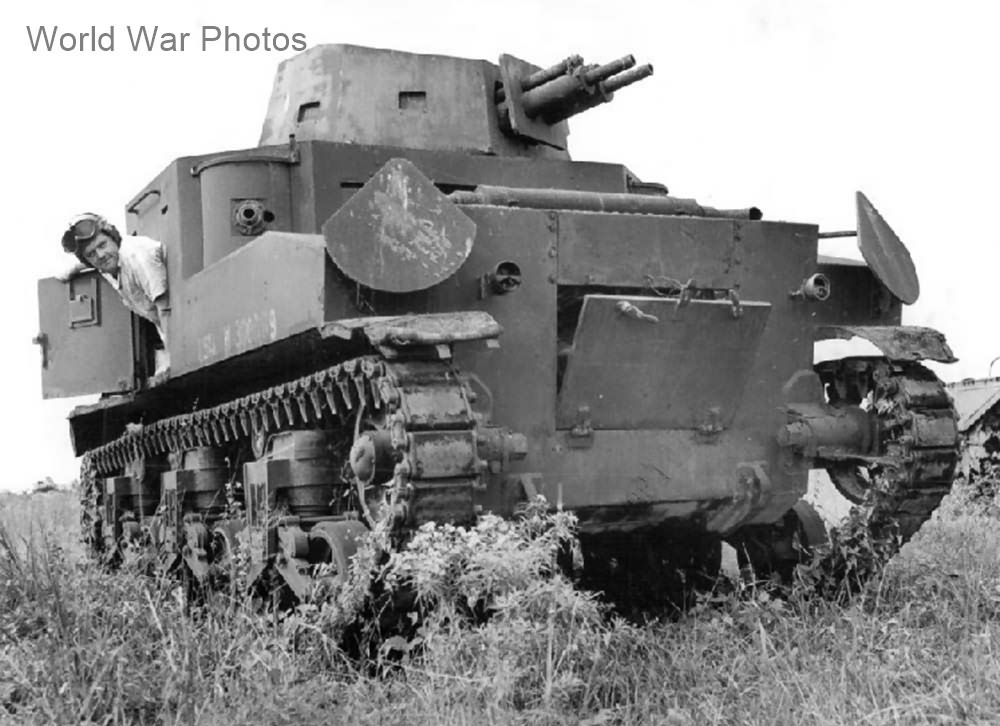The development of the T5 medium tank marked a significant step in American armored vehicle design and directly influenced the creation of the M4 Sherman, the most widely produced U.S. tank in history. The T5 program began on May 21, 1936, with the approval of the Ordnance Committee’s recommendation for its development, aiming to meet the Infantry Board’s requirements. The T5 was essentially an enlarged version of the successful light tank M2, intended to have greater protection and firepower while remaining within a 15-ton weight limit to ensure it could operate over bridges on primary U.S. highways.
The design of the T5 featured a combination of a turret with full 360-degree traverse and sponson-mounted machine guns, along with fixed machine guns in the front armor plate. The main armament was intended to be a high-velocity 37mm anti-tank gun, although the prototype initially used a twin 37mm gun setup due to delays in the availability of the intended weapon.
The T5 underwent various modifications during its development and testing, including changes to the driver’s position and adjustments to the turret and superstructure. The prototype, known as T5, Phase I, was powered by a Continental air-cooled radial engine, offering a good power-to-weight ratio and a maximum speed of 31 miles per hour. Testing at Aberdeen Proving Ground and Fort Benning showed generally satisfactory results, leading to the recommendation for the T5’s standardization as the medium tank M2.
Further developments led to the creation of the T5, Phase III, which featured improved armor and armament, including a 37mm high-velocity gun and a Wright air-cooled radial engine. This version was heavier and more powerful than the Phase I model, with increased armor thickness and a higher top speed. However, its cruising range was reduced due to the increased weight and fuel consumption.
In addition to these developments, the T5 program also explored the use of heavier armaments, such as the 75mm howitzer, leading to the creation of the T5E2 variant, which proved the feasibility of mounting such weapons on tanks. This experience was invaluable as World War II unfolded, influencing the design and armament of subsequent U.S. tanks.
